Lifestyle
Centuries-old Quran reading tradition continues in Türkiye’s Diyarbakır
The centuries-old Selahaddin Eyyubi Mosque, located in the Silvan district of Diyarbakır, southeastern Türkiye, has been hosting the tradition of mukabele for nine centuries.
During Ramadan, after the noon and afternoon prayers, those who participate in mukabele at the mosque show interest in a tradition based on the Sunnah of the Prophet Muhammad, according to the inscription at the entrance of the mosque, which was built in 1185.
Worshippers follow religious officials’ recitation of the Quran, and those who do not know the recitation listen to the verses being read.
Silvan District Mufti Murat Demir states that the mosque is packed for all five daily prayers, with especially larger crowds attending the prayers at noon and in the afternoon.
He emphasizes that the mosque is an important heritage site: “It has almost a thousand years of history. Some sources suggest it was built in 1031, while others indicate it was built during the Artuqid period, with records from 1152. Later, during the Ayyubid period, Selahaddin Eyyubi renovated the mosque, which is why it carries his name.”
He continues, “From that time on, our traditions of Taraweeh (Ramadan night prayer) and mukabele have continued. We continue to carry on the legacy left to us by our ancestors. We perform mukabele twice a day during Ramadan – once after the noon prayer and again after the afternoon prayer, and we will continue this, God willing.”
Shopkeeper Mustafa Demirer, who learned about the mosque from his elders and ancestors, said: “The mosque has been open for worship for over 850 to 1,000 years. We continue performing our prayers, mukabele during Ramadan, Tarawih prayers and our religious duties during other holy days here. We hope that the younger generation, just like us, learns from the elders and continues this tradition of reading mukabele in this mosque.”
Local Ebubekir Genel said: “Reading and understanding the Quran is essential, and by that, I mean putting its commandments into practice. I have been participating in the mukabele tradition at this mosque for years. I invite all of our people and Silvan residents to join the mukabele tradition being carried out in this mosque.”
“In this time when Palestine faces massacres and Jerusalem is under siege, it is especially meaningful to commemorate in a mosque bearing the name of Selahaddin Eyyubi, the Conqueror of Jerusalem, which gives us even more inspiration,” he added.
Lifestyle
Copenhagen: Scandinavia’s vibrant capital of happiness
While the Danish capital of Copenhagen may be slightly cooler than other European cities during the summer months, it remains one of the most colorful, cheerful and livable cities in Northern Europe. Often ranked as home to the world’s happiest people, Copenhagen offers a charming blend of history, design and culture, and in this article, I’m sharing essential tips to help you make the most of your visit.
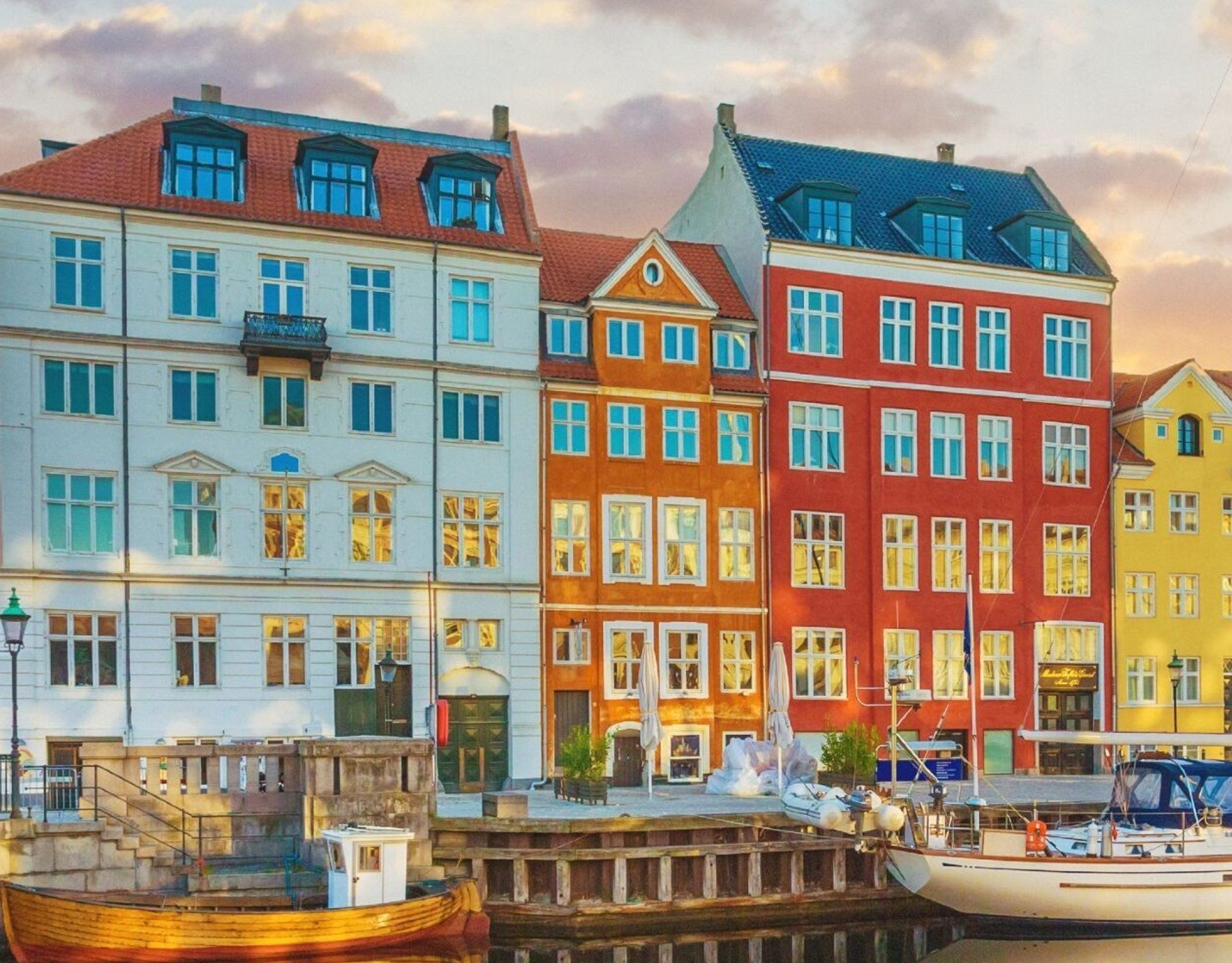
Turkish Airlines (THY) operates two direct flights daily from Istanbul Airport to Copenhagen and one daily flight from Sabiha Gökçen Airport. The journey takes approximately three hours and 30 minutes. Entry to Denmark is possible with a valid Schengen visa.
From Copenhagen Airport, you can easily reach the city center in about 30 minutes via metro, train, or taxi. Public transport in the city is exceptionally efficient, but what stands out the most is the bicycle traffic, possibly the densest I’ve ever seen and that’s coming from someone who lives in Amsterdam!
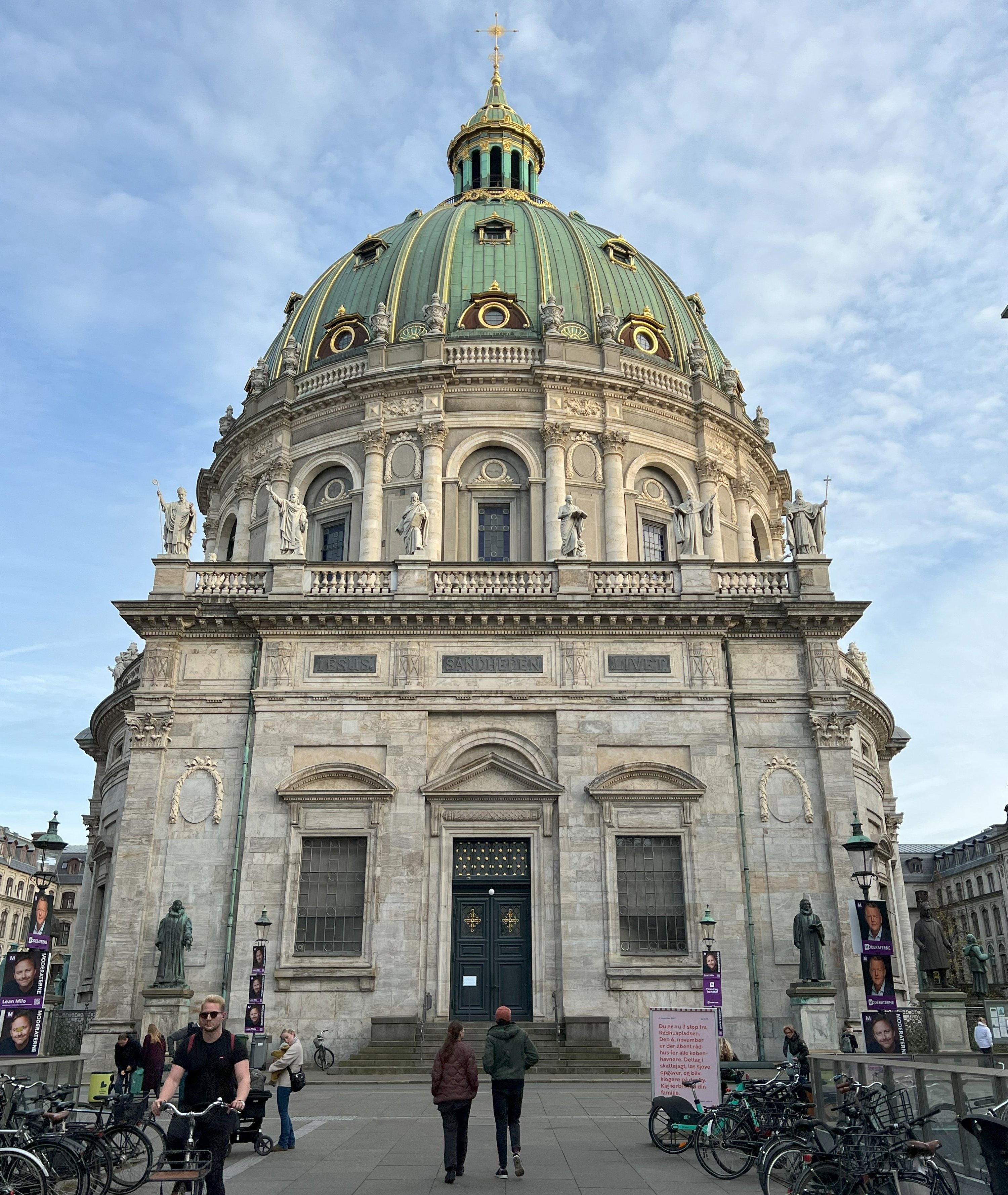
Where to stay
I chose to stay at Villa Copenhagen, a stunning hotel conveniently located near the central train station and the iconic Tivoli Gardens. Housed in what was once the city’s main post office, this historic building has been transformed into a luxury hotel with 390 rooms and suites. Its grand architecture and stylish service make it a favorite among both tourists and locals. The lobby, which doubles as a lounge, is always buzzing. The Courtyard Bar is a great place to grab coffee and snacks by day and by night it turns into a lively space with a DJ, popular among Copenhagen’s youth.

Another notable hotel in the city is the Hotel Bella Grande, opened in 2024. With 109 rooms, this modern gem seamlessly blends traditional Scandinavian aesthetics with contemporary amenities. Emphasizing sustainability, the hotel operates with eco-conscious principles, from energy-saving systems to locally sourced, environmentally friendly cuisine. Guests can also borrow bicycles to explore Copenhagen in true local fashion.
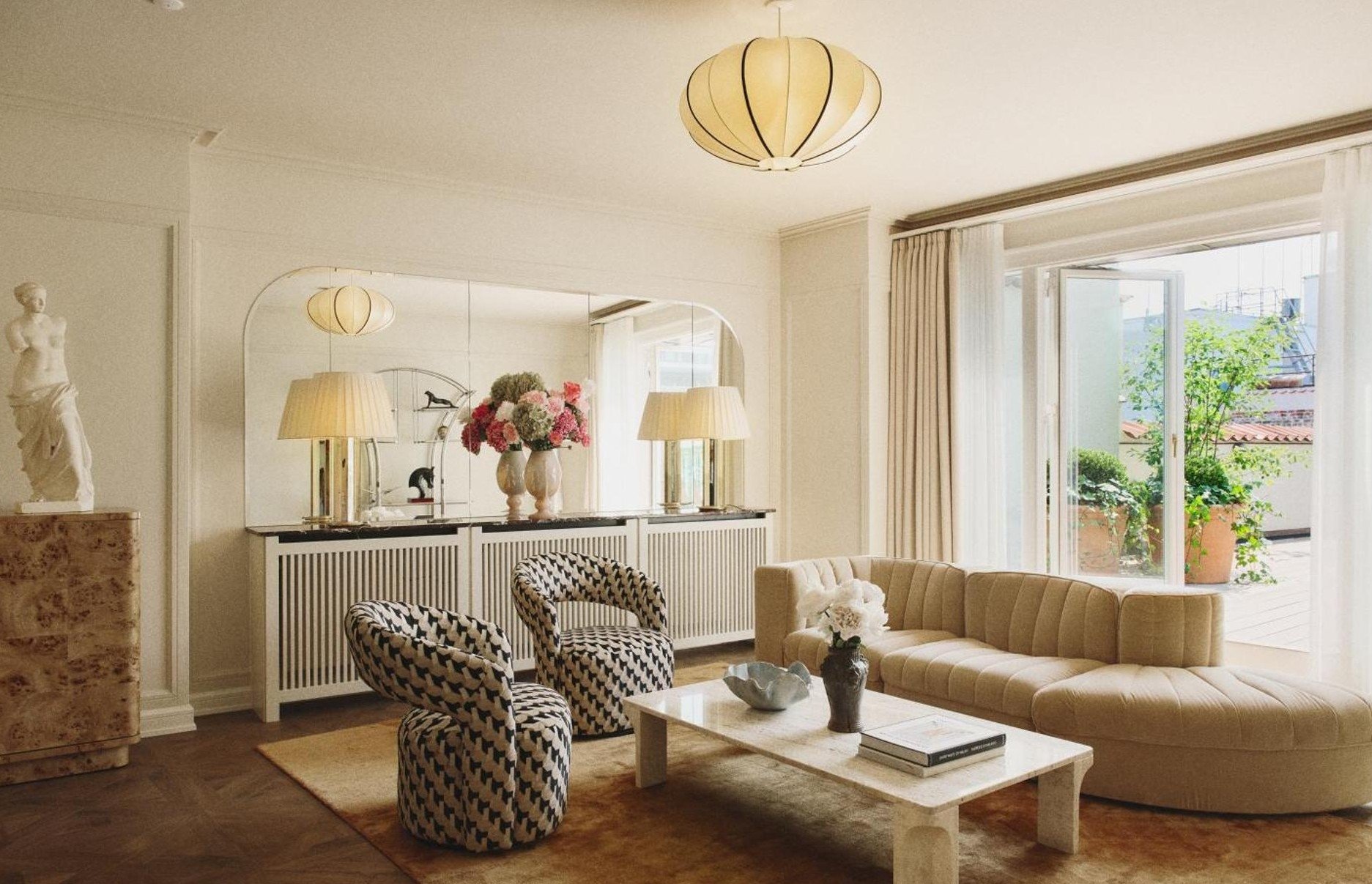
Must-see sights
Tivoli Gardens: This historic amusement park is a must-visit. Open daily from 11 a.m. to 11 p.m., Tivoli offers colorful rides, nostalgic charm and a range of food stalls and shops. Entry is 170 DKK per person for visitors over 8 years old.
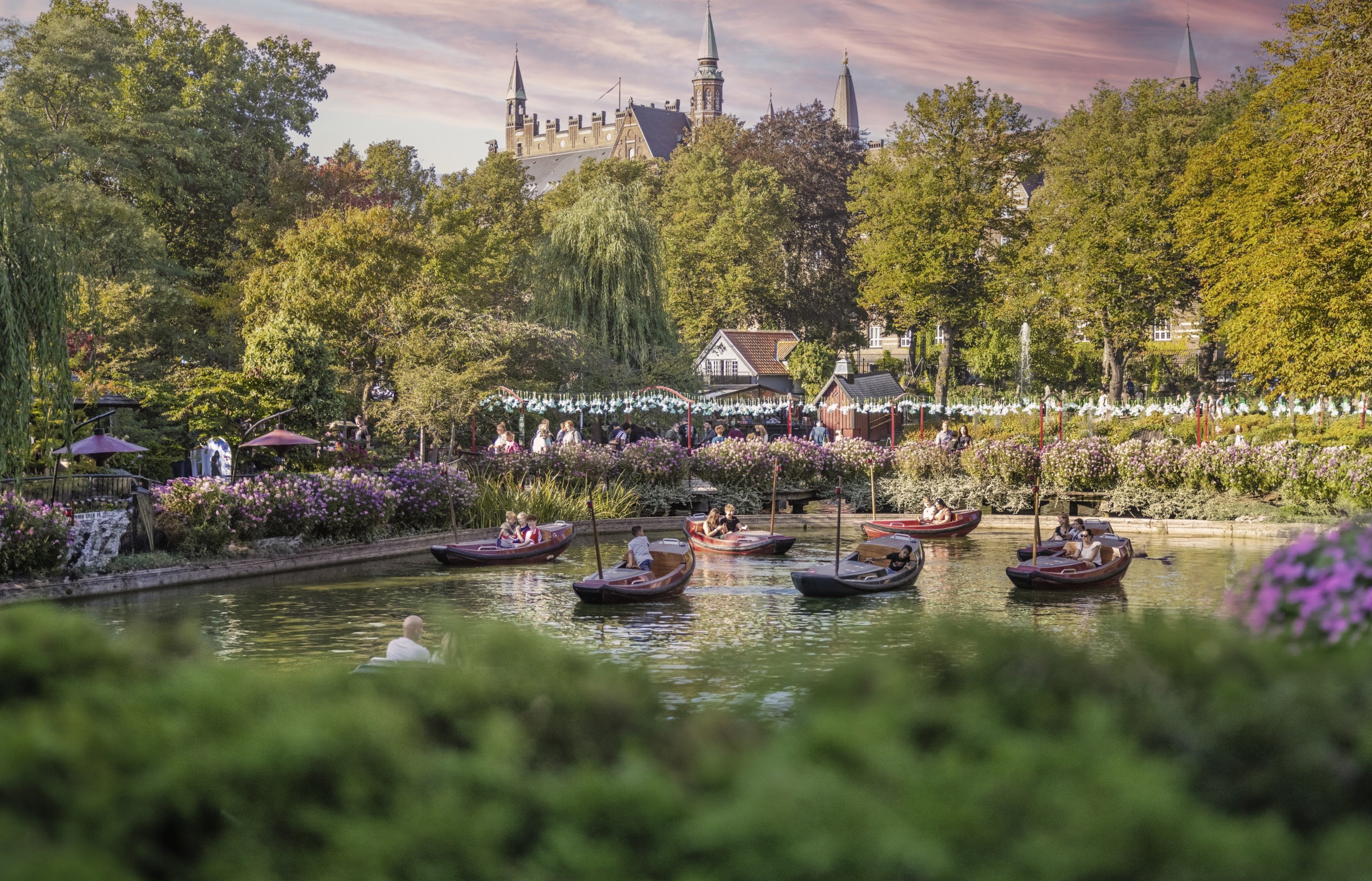
The Little Mermaid: One of Copenhagen’s most iconic landmarks, this 1.25-meter-tall (4.10-foot-tall) bronze statue attracts visitors around the clock. For the best photos, visit early in the morning before the crowds arrive.
Frederiksborg Palace: This magnificent royal residence showcases over 400 years of Danish royal history, including crown jewels and artifacts. The surrounding park is equally impressive and a lovely place to walk. The palace is open until 7 p.m.
The National Museum of Denmark: Spanning 14,000 years of history, the museum exhibits artifacts from the Bronze Age to the Viking era, offering rich insight into Denmark’s cultural evolution.
Canal Tour: On a sunny day, don’t miss a boat tour of the canals it’s a relaxing way to view the city from the water and see its architectural beauty from a unique perspective.
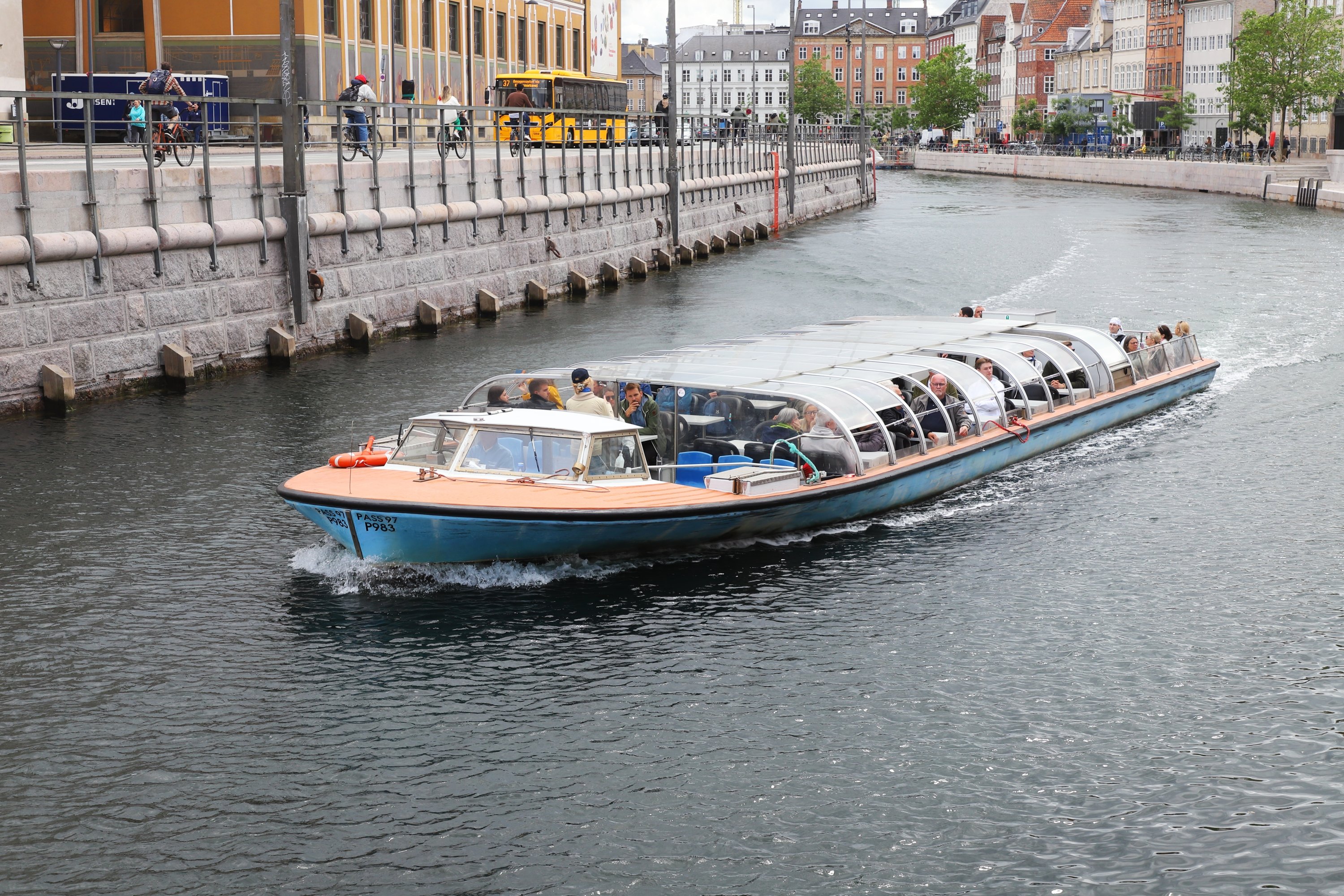
Nyhavn: With its vibrant, colorful buildings, waterfront cafes and restaurants, Nyhavn is the city’s most picturesque and Instagrammable neighborhood.
Stroget: The most famous shopping street in Copenhagen, Stroget offers a mix of international brands and local designers. It’s lively throughout the day and perfect for a retail therapy break.
Elmegade: For a more bohemian and artsy vibe, head to the Elmegade district, full of cozy cafes, art shops and small boutiques, especially pleasant on weekends.
Where to eat, drink
Andersen & Maillard: Renowned for its coffee and pastries, this popular spot often has lines out the door.
Andersen Bakery (Island Brygge): Award-winning and beloved for its sandwiches, cakes and strong coffeefre quented by both locals and tourists.
Bæst Pizza: A must-visit for pizza lovers. Known as one of the best pizza restaurants in the city, it offers a lively ambiance and delicious dishes. Be sure to make a reservation in advance, it’s always packed.
Cafe Victor: One of Copenhagen’s oldest and most glamorous cafes. A hot spot for locals and visitors alike, it’s famous for its seafood and upscale atmosphere. Be prepared for a high-end bill!
Restaurant Esmee: One of the city’s trendiest dining venues. With stylish decor, inventive cuisine and expertly crafted cocktails, it’s a crowd favorite. Make a reservation well in advance, especially for weekends.
Lifestyle
Türkiye’s Tekirdağ becomes floral tourism hot spot
Canola, lavender and sunflower fields in Tekirdağ, on the northern coast of the Marmara Sea, attracted thousands of tourists to the city throughout the season.
The fields located in the city center and districts became a focal point of interest for visitors from early May to mid-July.
Many people coming from nearby provinces captured the best photo shots of the decorations created within the canola, lavender and sunflower fields.
The lavender and sunflower fields, resembling natural studios, became a popular spot throughout the season, both for photography enthusiasts and those who wanted to spend time in nature.
Ömer Faruk Karaküçük, the provincial director of Culture and Tourism, told Anadolu Agency (AA) that the canola, lavender and sunflower fields in Tekirdağ added color to the city’s tourism.
Karaküçük stated that Tekirdağ is a city that draws attention not only with its historical and cultural richness but also with its natural beauty. “Especially the canola, lavender and sunflower fields attract thousands of visitors every year and captivate them. These colorful fields add both aesthetic and value to our city and make an important contribution to tourism,” he said.
He noted that photographers captured the beauty of the colorful fields through their lenses, and these images reached a wide audience via social media and digital platforms.
Karaküçük emphasized that the events organized in the canola, lavender and sunflower fields have given a significant boost to the city’s promotion. “These vast lands are not only used for agriculture but also attract great interest with their visually stunning landscapes. These beauties serve as a natural studio for photographers. Naturally, our citizens flock to these areas to take souvenir photos. Every day, hundreds and sometimes even thousands of people come to Tekirdağ to enjoy these unique scenes. The interest of both domestic and foreign tourists is growing steadily. These unique and colorful fields offered by nature have further strengthened Tekirdağ’s tourism power,” he added.
Lifestyle
Türkiye’s Mediterranean paradise: Tourism spot for nature lovers
Nestled in Antalya’s Kemer district, Türkiye’s Mediterranean gem has become a favorite destination for both local and international travelers seeking serenity, natural beauty and a slower pace of life. With its crystal-clear waters, golden sandy beach and peaceful atmosphere, Çıralı offers a unique blend of nature and culture tourism, drawing in visitors from around the world.
Often referred to as one of the hidden paradises of the Mediterranean, Çıralı is a place where time seems to stand still. Vacationers can stay in cozy bungalows or boutique hotels that are carefully integrated into the lush natural surroundings. Family-run guesthouses offer travelers a taste of genuine Turkish hospitality, while boat tours provide an opportunity to explore untouched coves and secluded bays.
According to Derya Yavuz, a local bungalow owner, tourism in the area is steadily picking up:
“The sea is exceptionally clean and the nature is simply breathtaking. We don’t just sell rooms here-we earn a living thanks to the nature around us. That’s why we do everything we can to protect it.”
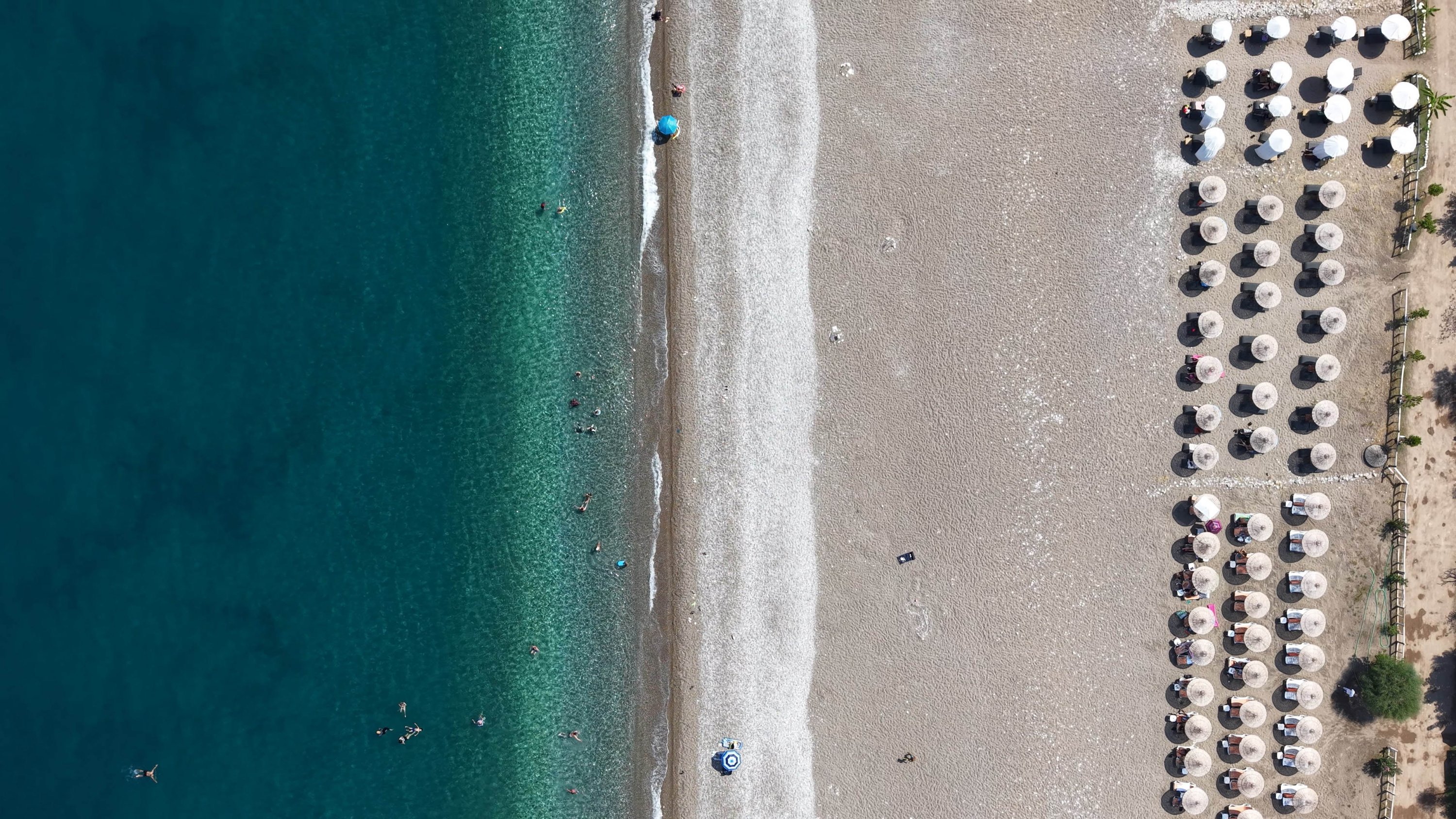
Çıralı is more than just a beach town. During spring and autumn, hikers flock to the area to walk sections of the famous Lycian Way, one of Türkiye’s most scenic trekking routes. Day trips to remote beaches, ancient ruins and charming coastal villages create an experience that’s both active and reflective.
But Çıralı is also a statement against mass tourism. Yavuz draws a clear line between Çıralı and the all-inclusive resorts found elsewhere along the Turkish Riviera:
“Unlike the big five-star hotels, we only offer bed-and-breakfast. I believe tourism should mean freedom. Here, guests can choose how they spend their day-maybe fresh fish at a seaside restaurant or traditional gözleme made by a local villager. It’s about experiencing real life, real food and real people.”
Perhaps what makes Çıralı so special is its commitment to preserving its natural and cultural integrity. There are no concrete high-rises here-just individual wooden bungalows scattered among trees. Each one is self-contained, featuring modern amenities such as private bathrooms, air conditioning, and refrigerators, while still completely immersed in nature.
“People come here to escape the city, to quiet their minds,” says Yavuz. “It’s also great for families-no traffic, no stress. Children are free to run to the sea and back, all day long.”
In Çıralı, green meets blue and every sunrise promises not just a beautiful day, but a deeper connection with the world around you.
Lifestyle
Side Ancient City’s nighttime glow captivates visitors in Türkiye
The Side Ancient City in Manavgat district of Antalya, located in Türkiye’s Mediterranean region and bearing traces from the Late Bronze Age, Hellenistic, Roman and Byzantine periods, now welcomes visitors after dark through the “Heritage for the Future Project.”
Situated in the ancient region of Pamphylia and historically one of the most important port cities, Side has been the focus of continuous archaeological excavations since 1947. These ongoing digs have uncovered priceless artifacts each year. Among the city’s treasures are the ancient temples of Athena and Apollo, dating back over 2,000 years, which still reflect the grandeur of their time.
As part of the Ministry of Culture and Tourism’s “Heritage for the Future Project,” the Side Ancient City has been beautifully illuminated, transforming the site into a mesmerizing spectacle after sunset. Nighttime visits have become popular among both local and international history enthusiasts, especially during the hot summer months when daytime temperatures can be overwhelming.
The majestic temples and historic ruins, bathed in light, offer visitors an unforgettable visual feast.
Ahmet Özden, board member and representative for the Mediterranean Region, told the Anadolu Agency (AA) that the Ministry’s project represents a significant investment in cultural tourism.
Özden emphasized that Side is a key ancient city within this initiative, noting that recent efforts have completely transformed the site’s appearance.
He explained that the city has begun to attract more tourists, especially in the peak months of June, July and August. “Due to high temperatures during the day, tourists visiting Antalya often find it difficult to explore ancient sites. They tend to avoid such excursions in the heat. But since the introduction of night visits starting at 5 or 6 p.m., Side has seen a lively buzz of activity,” Özden said.
He added that the lighting has given the ancient city a striking new look, with the Apollo Temple becoming a favorite spot for photography enthusiasts.
Tourism professionals have expressed satisfaction with the concept of the night museum. Özden shared: “We receive positive feedback from vacationers, which makes us happy. Nighttime visits have also contributed to a boost in the local economy. Previously, we mostly sold sun, sea and sand tourism; however, recent investments in cultural tourism have diversified the sector. There are travelers worldwide who prioritize history and culture and Türkiye is increasingly becoming a top destination for these tourists.”
He also noted that diversifying tourism has helped extend the travel season.
Visitor Gökay Demirel praised the night museum experience as highly beneficial. Citing the difficulty of exploring the site comfortably during scorching daytime heat, Demirel said: “In extreme heat, people prefer to stay indoors. Visiting the ancient city was less appealing before, but the illumination and ability to tour at night have delighted history lovers like us. We enjoy wandering the city and learning about its historical remains.
Lifestyle
National Geographic highlights magic of Cappadocia
The world-renowned media organization National Geographic has garnered international attention to the heart of Cappadocia, a popular tourist destination in central Türkiye, through a captivating video shared on its Instagram account, which boasts over 46 million followers.
The video, a visual celebration of the region, features everything from vibrant hot air balloons painting the skies to centuries-old rock-carved churches and offers viewers a breathtaking glimpse into Cappadocia’s otherworldly beauty.
But it’s not just about the visuals. The production also highlights efforts to preserve Cappadocia’s cultural and natural heritage, a message that resonated deeply with viewers and earned widespread praise across social media.
Cem Aslanbay, director of the Cappadocia Area Presidency, emphasized the importance of this global exposure, calling it a milestone for the region.
“Cappadocia is not merely a land that holds the traces of the past – it is a universal heritage to be passed on to the future. Being featured on such a prestigious platform as National Geographic gives us a unique opportunity to share this legacy with the world,” he explained.
Aslanbay also stressed that the significance of this feature goes beyond tourism. It serves as a critical moment for raising awareness around sustainability and cultural preservation.
“We view such international promotions not only as tourism invitations, but also as key opportunities to highlight the need for protecting our cultural heritage and ensuring its transmission to future generations,” he said.
In alignment with the strategic goals set by the Ministry of Culture and Tourism, the Cappadocia Area Presidency affirms that its promotional efforts will continue uninterrupted – striving to spotlight every corner of this extraordinary landscape.
Lifestyle
Nature lovers find refuge in Bosnia’s Blidinje Park, Dreznica River
With the arrival of summer, Blidinje Nature Park and the Dreznica River – two of Bosnia-Herzegovina’s hidden natural treasures – are emerging as top destinations for both domestic and international tourists.
Visitors seeking to escape the crowds are increasingly drawn to the serene landscapes of southern Bosnia-Herzegovina, where Blidinje and Dreznica offer pristine nature and tranquility.
Declared a nature park in 1995, Blidinje is nestled between the Cvrsnica and Vran mountains. It has become one of the country’s most visited spots thanks to its rich biodiversity and scenic surroundings.
The park is also home to Blidinje Lake, the largest mountain lake in Bosnia-Herzegovina. Its fresh air and unspoiled environment make it a popular summer retreat.
Among Blidinje’s key attractions are 150 medieval tombstones, known locally as “stecci.” These ancient stone monuments, designated as a National Monument of Bosnia-Herzegovina, offer visitors a glimpse into the region’s storied past.
Located near the towns of Jablanica and Mostar, the park attracts hiking enthusiasts, many of whom ascend Cvrsnica Mountain to reach Hajduk Gate –a natural rock formation that offers breathtaking views from the summit.
Turquoise waters
North of Mostar, the Dreznica River winds through dense forests and rugged cliffs, mesmerizing visitors with its turquoise waters and crystal-clear streams.
A tributary of the Neretva River, Dreznica has gained attention in recent years as one of the country’s hidden jewels. While long cherished by locals, it has become a favorite among tourists as well.
The river, which creates natural pools among the rocks, is often described as “magical” by those who visit. Nearby, travelers can also explore three waterfalls, each ranging from 10 to 12 meters (33 to 39 feet) in height.
Dreznica offers a peaceful setting, far from the noise and bustle of city life – a place where nature lovers can relax and reconnect with the outdoors. The area continues to attract a growing number of visitors each year.
As they explore southern Bosnia-Herzegovina, tourists are increasingly venturing beyond the well-known sites to discover the country’s lesser-known natural wonders.
-
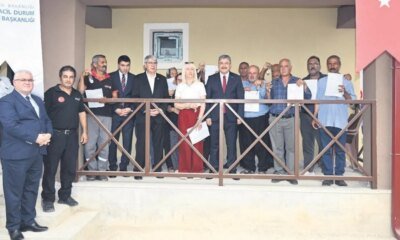
 Daily Agenda3 days ago
Daily Agenda3 days agoNew Nest happiness in Adana and Osmaniye
-
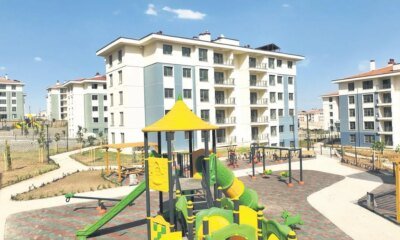
 Daily Agenda3 days ago
Daily Agenda3 days agoThe state built a new Adıyaman
-

 Economy2 days ago
Economy2 days agoAustralian state aims to write into law rights on work from home
-

 Daily Agenda2 days ago
Daily Agenda2 days agoNew “Sea Protection Areas” added to Türkiye’s national maritime planning map
-

 Daily Agenda1 day ago
Daily Agenda1 day agoAK Party Political Academy became a turning point in Turkish politics
-

 Sports2 days ago
Sports2 days agoLuka Doncic signs $165M deal to extend Lakers stay by 3 years
-

 Politics2 days ago
Politics2 days ago‘Israel intentionally stalling cease-fire talks to weaken resistance’
-

 Daily Agenda2 days ago
Daily Agenda2 days ago102 immigrant smugglers and 393 irregular immigrants were caught




